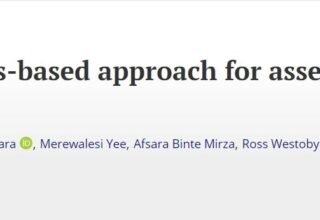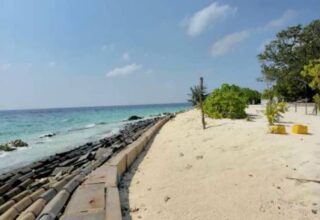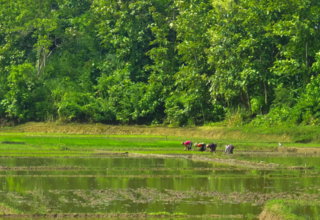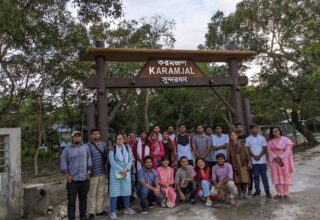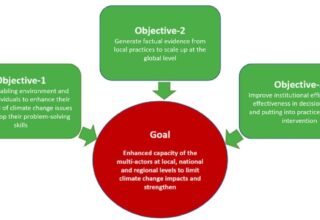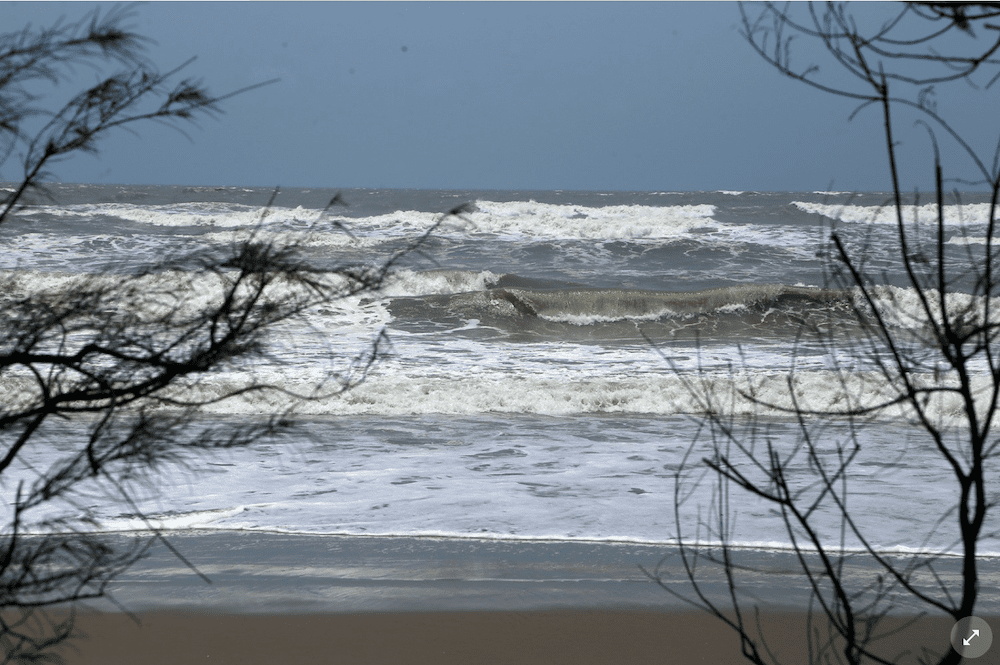
People in the coastal regions of Bangladesh are stuck in an unending cycle of having to rebuild their lives destroyed due to recurring flooding and cyclones. The affected people have been running on credit to get back on their feet and struggling to settle while their living conditions are being threatened every time there is a flood or cyclone.
The existing financial struggles of the marginalized are made worse for the people in the coastal regions. Because of the geographical location of this region, people are more prone to the impacts of floods and cyclones.
The continuous cycle of cyclones in this region has made the life of the people more miserable. After the cyclone Aila in 2009, many of the affected families had to start over due to the loss of their houses and livelihoods, rebuilding everything from scratch. Some people have survived after cyclone Aila but then again are affected by cyclone Amphan 2020. The loss and damage from cyclones is still going on and making the lives and livelihood of the people more miserable day by day in this region.
Uday Mondol from the village Kultoli in Sathkhira has spoken to the Tapestry research team about his struggles to save money due to loans he had taken out to fix his house during cyclone Amphan: “Before Amphan, I repaired this house with a loan of Tk65,000. But during Amphan my house broke down once again, and I repaired this house by spending about Tk65,000 to Tk70,000 again.”
Floods and cyclones during the harvesting season have impeded the crop harvesting which is one of their main sources of income. Saltwater intrusion and waterlogging caused by the repeated flooding has destroyed their seeds and arable lands. “We are suffering a lot due to repeated floods. But we used to have good finances. We used to be able to repay the loan taken from people by cultivating paddy very easily, which we can’t do now,” Tumpa Rani from kultoli told the Tapestry team. Tumpa Rani’s house was destroyed due to Amphan and then again by cyclone Bulbul. When asked how she managed to fix the house, she told the team about taking out loans and struggling to pay it back.
The situation is not limited to the destroyed houses; but sudden medical treatments of family members force them to fall into debt again. The treatment facilities are not accessible to many of these areas due to poor development planning and commute system. Multiple respondents have spoken about broken roads being a barrier to access the treatment facilities and cyclone shelters. “We are suffering a lot due to repeated floods. But we were good financially. We used to be able to repay the loan taken from people by cultivating paddy very easily, which we can’t do now,” Selina Begum from Datinakhali, Sathkhira, Shyamnagar, Khulna told the team.
The struggles of repaying the debts have been doubled down due to the lockdowns being imposed because of the Covid-19 pandemic. Unable to cultivate crops for themselves, many of them must buy or sell goods on credit from the market and work as a day laborer to repay the debt. With the increasing price of the goods in the market, this cycle of borrowing money and earning day to day just to repay the debt leaves them in no position to invest or save money for the future.
“There has been a lot of trouble. Many times, if we would manage to eat one meal, we would stay hungry twice. Sometimes if we could manage two meals, then we would stay hungry another time of the day. There is no certainty that my family would get a full meal for the day. We feel like uncertainty is connected with our life,” said Selina Begum from Datinakhali, Sathkhira when asked about her struggles due to the lockdown.
When asked about developmental programs and aids from the NGOs and government officials, many of the respondents have expressed that the communication was more effective from the NGO officials after any disaster events. Most people suffering from repeated disasters have asked for a stronger material for building their house so that it can withstand the flooding and storms, like bricks and cement based raw materials. “If my house is repaired and turned into a brick made building, then I can live peacefully. Because every year the house gets damaged due to disasters. It takes Tk60,000 to Tk70,000 to repair the house every time. But it is not possible to manage this huge amount repeatedly,” said Horen Munda to the team.
Houses made of bricks and cement can play a pivotal role in reducing the risks and financial debt of the local people. Most of the respondents stated that if they get a strong house then they won’t have to take any loan for repairing it after any disaster and it will save money. Alternative livelihoods would open a new window of hope for the locals as agriculture is no longer practiced in this region due to salinity.
If a more sustainable approach is taken while rehabilitating the people affected in the coastal region, while helping them to come out of the debt trap, it will be a long-term solution for people trying to reset their lives.
Originally this article was published on May 17, 2022 at Dhaka Tribune.
Roshni Islam is working as a Research Intern at International Centre for Climate Change and Development. Adiba Bintey Kamal is working as a Researcher at ICCCAD. She can be reached at adiba.kamal@icccad.org

